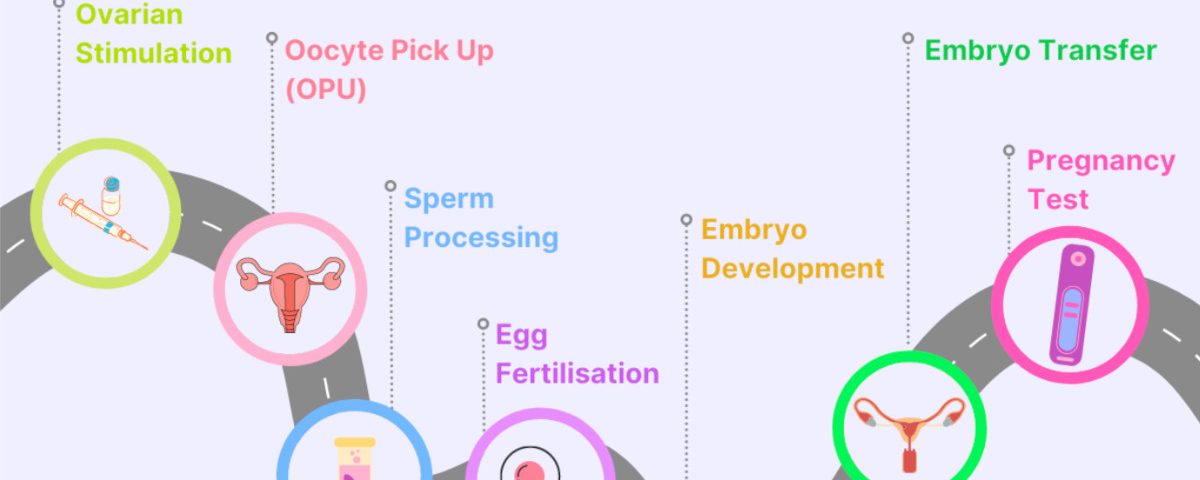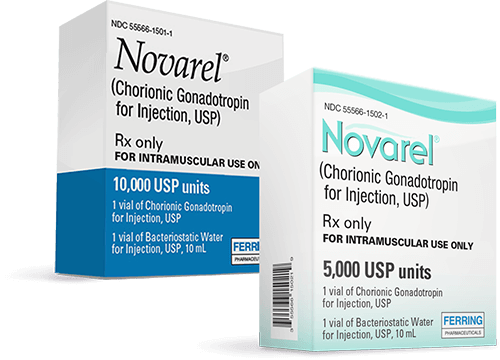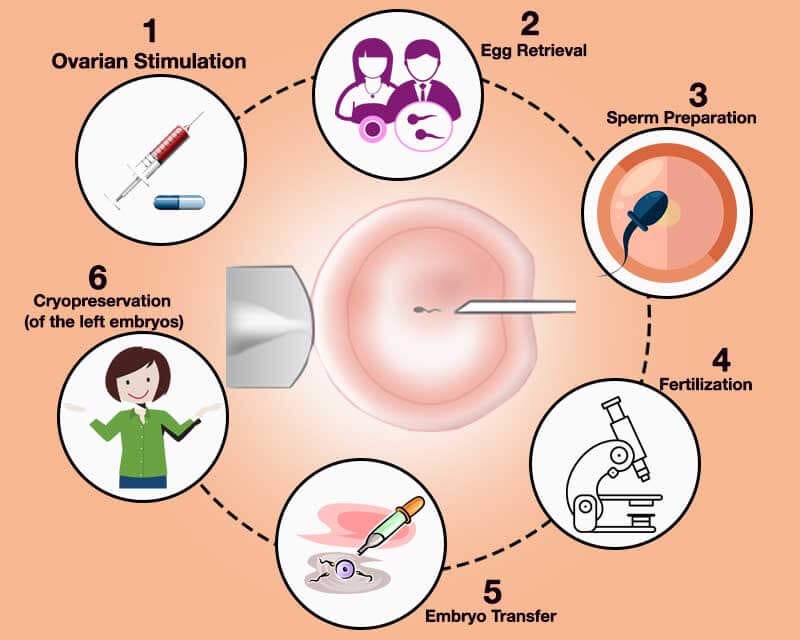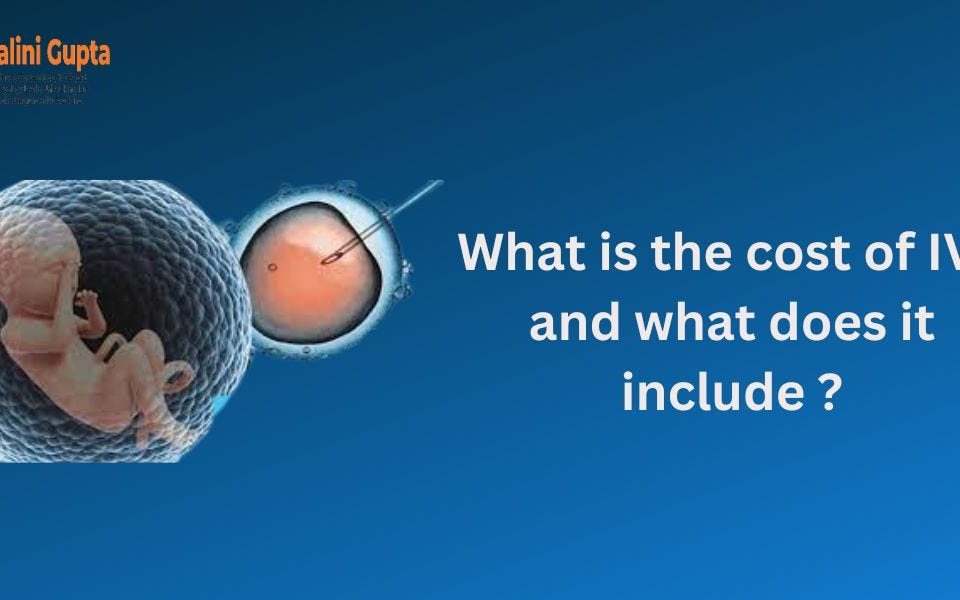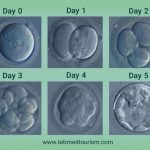
How Long Has IVF Been Around? A Deep Dive into Its History, Evolution, and Future
April 20, 2025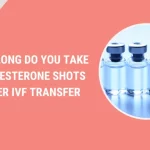
How Long Do You Take Progesterone Shots After IVF Transfer?
April 20, 2025How Long Is the IVF Process? Your Step-by-Step Guide to the Journey
Starting a family can feel like a big adventure, especially if you’re considering in vitro fertilization (IVF). If you’re wondering how long the IVF process takes, you’re not alone—it’s one of the first questions people ask when they dive into fertility treatments. The truth is, IVF isn’t a one-size-fits-all timeline. It’s a journey with twists and turns, and how long it takes depends on your unique situation. On average, a single IVF cycle lasts about 4 to 6 weeks, but the full process—from your first doctor’s visit to that exciting pregnancy test—can stretch over months. Let’s break it down together, step by step, so you know exactly what to expect.
This guide will walk you through every phase of IVF, from the prep work to the big moment when you find out if it worked. We’ll also dig into some lesser-known details—like how your lifestyle can tweak the timeline, what happens if you need multiple cycles, and the latest research that’s making IVF faster and more effective. Whether you’re just curious or ready to start, here’s everything you need to know about how long IVF really takes.
The Big Picture: What’s the IVF Timeline Like?
IVF is a process that combines science, patience, and a little bit of hope. A single cycle—starting with your period and ending with a pregnancy test—typically takes 4 to 6 weeks. But that’s just the core treatment. Before you even get there, you’ll spend time preparing your body and getting tested, which can add a couple of months. And if the first cycle doesn’t work (which happens more often than you might think), you might need to repeat it, stretching things out further.
Think of it like baking a cake. The actual baking might take an hour, but you’ve got to shop for ingredients, preheat the oven, and let it cool before you dig in. IVF is similar—there’s a lot of groundwork before the main event. Here’s a quick snapshot of the full journey:
- Pre-IVF Prep: 1-3 months (testing, lifestyle changes, consultations)
- One IVF Cycle: 4-6 weeks (medications, egg retrieval, embryo transfer)
- Waiting for Results: 2 weeks (the infamous “two-week wait”)
- Total Time (First Attempt): 2-4 months from start to finish
- Multiple Cycles (if needed): Could add 2-6 months or more
Now, let’s zoom in on each part so you can see what’s happening—and how long it really takes.
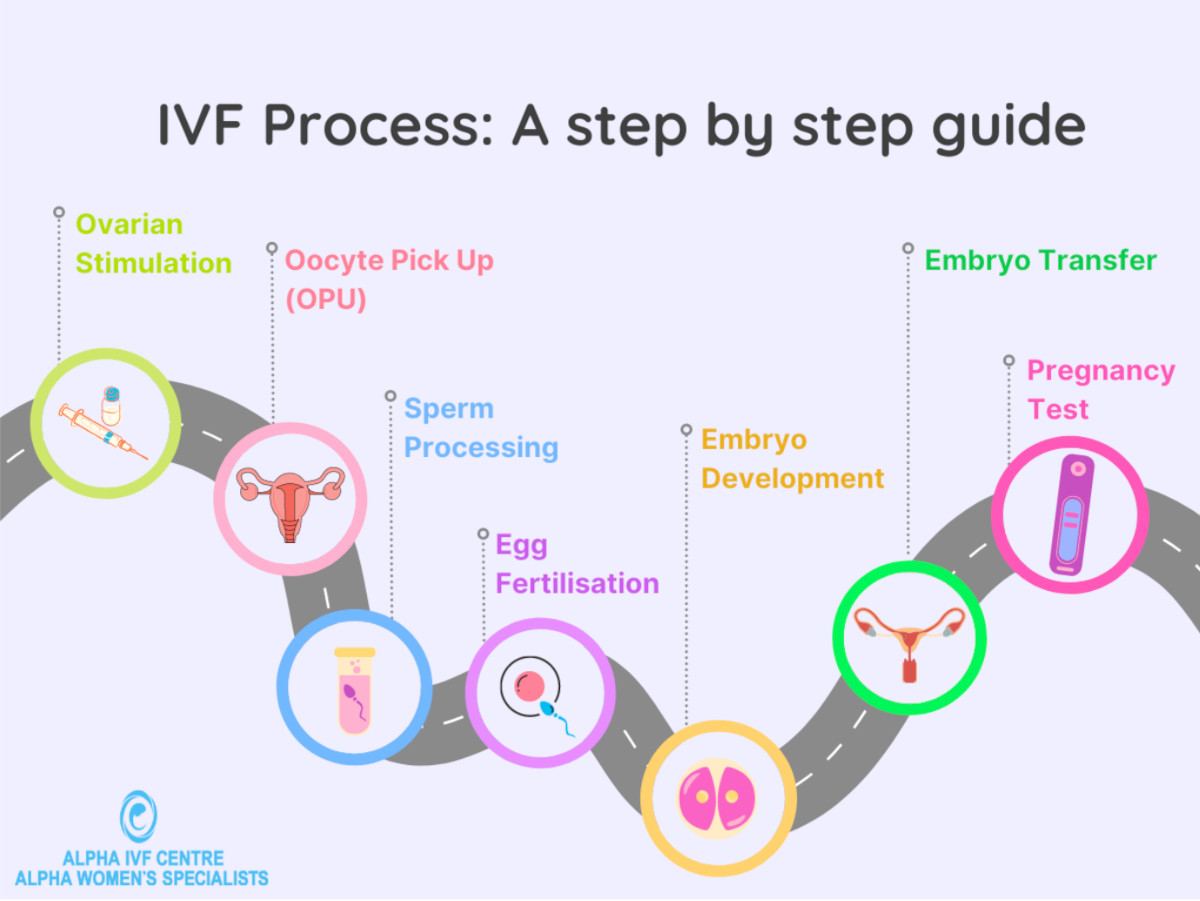
Step 1: Getting Ready for IVF—More Than Just a Doctor’s Visit
Before you jump into IVF, there’s some prep work to do. This isn’t just about booking an appointment—it’s about making sure your body and mind are ready for what’s ahead. This phase can take anywhere from 1 to 3 months, depending on your health and how fast you move.
Why It Takes Time
Your doctor needs a clear picture of your fertility. That means tests—lots of them. For women, this might include blood work to check hormone levels, an ultrasound to peek at your ovaries, and maybe even a hysterosalpingogram (HSG) to see if your fallopian tubes are clear. For men, it’s usually a semen analysis to check sperm count and quality. These tests don’t happen overnight. You might need to schedule them around your menstrual cycle, and results can take a week or two to come back.
What You Can Do to Speed Things Up
While you’re waiting, you can start tuning up your health. Research shows that small changes—like eating better or cutting back on stress—can boost your chances of success. A 2023 study from the Journal of Fertility and Sterility found that women who followed a Mediterranean diet (think lots of veggies, fish, and olive oil) for three months before IVF had a 15% higher success rate. So, this prep time isn’t just waiting—it’s your chance to get a head start.
- ✔️ Start a prenatal vitamin with folic acid to support egg health.
- ✔️ Cut back on caffeine and alcohol—studies link them to lower IVF success.
- ❌ Don’t skip the tests—they’re key to tailoring your treatment.
Real-Life Tip
Sarah, a 32-year-old from California, told me she used this time to try fertility acupuncture. “It took two months to get all my tests done, so I figured, why not? It helped me relax, and my doctor said my hormone levels looked better than expected.” Everyone’s different, but little tweaks like this can make the wait feel productive.
Step 2: The IVF Cycle Begins—4 to 6 Weeks of Action
Once your tests are done and your doctor gives the green light, the real IVF cycle kicks off. This is the heart of the process, and it usually spans 4 to 6 weeks. Here’s how it breaks down.
Week 1: Starting Medications
Day one of your cycle is the first day of your period. A few days later, you’ll start taking fertility drugs—usually injections—to help your ovaries produce multiple eggs. This step, called ovarian stimulation, lasts about 10 to 14 days. You’ll visit the clinic a few times for ultrasounds and blood tests to see how your eggs are growing.
- How Long: 10-14 days
- What’s Happening: Your ovaries are working overtime to make eggs.
- Pro Tip: Keep a calendar handy—those daily shots can blur together!
Week 2-3: Egg Retrieval
When your eggs are ready (usually around day 12-14), you’ll get a “trigger shot” to ripen them. About 36 hours later, it’s time for egg retrieval. This is a quick procedure—20 to 30 minutes—done under light sedation. You’ll be in and out of the clinic in a few hours, but plan to rest for the day.
- How Long: 1 day (plus a day or two of recovery)
- What’s Happening: Doctors collect your eggs using a tiny needle guided by ultrasound.
- Fun Fact: The average woman produces 10-20 eggs per cycle, way more than the one egg you’d release naturally!
Week 3-4: Fertilization and Embryo Growth
Next, your eggs meet the sperm in a lab dish (or via a fancy technique called ICSI, where a single sperm is injected into each egg). Over the next 5 days, the fertilized eggs grow into embryos. Your embryologist watches them closely, picking the healthiest ones for transfer.
- How Long: 5 days
- What’s Happening: Science magic turns eggs and sperm into tiny embryos.
- Did You Know? Some clinics now use AI to spot the best embryos—pretty cool, right?
Week 4-5: Embryo Transfer
About 5 days after retrieval, one or two embryos are placed into your uterus using a thin tube. It’s a simple procedure—no anesthesia needed—and takes about 15 minutes. Then, you’re sent home to rest for a day or two.
- How Long: 1 day (plus a couple of rest days)
- What’s Happening: Your embryo gets cozy in your uterus, hoping to implant.
- Heads-Up: You might feel bloated or crampy—totally normal!
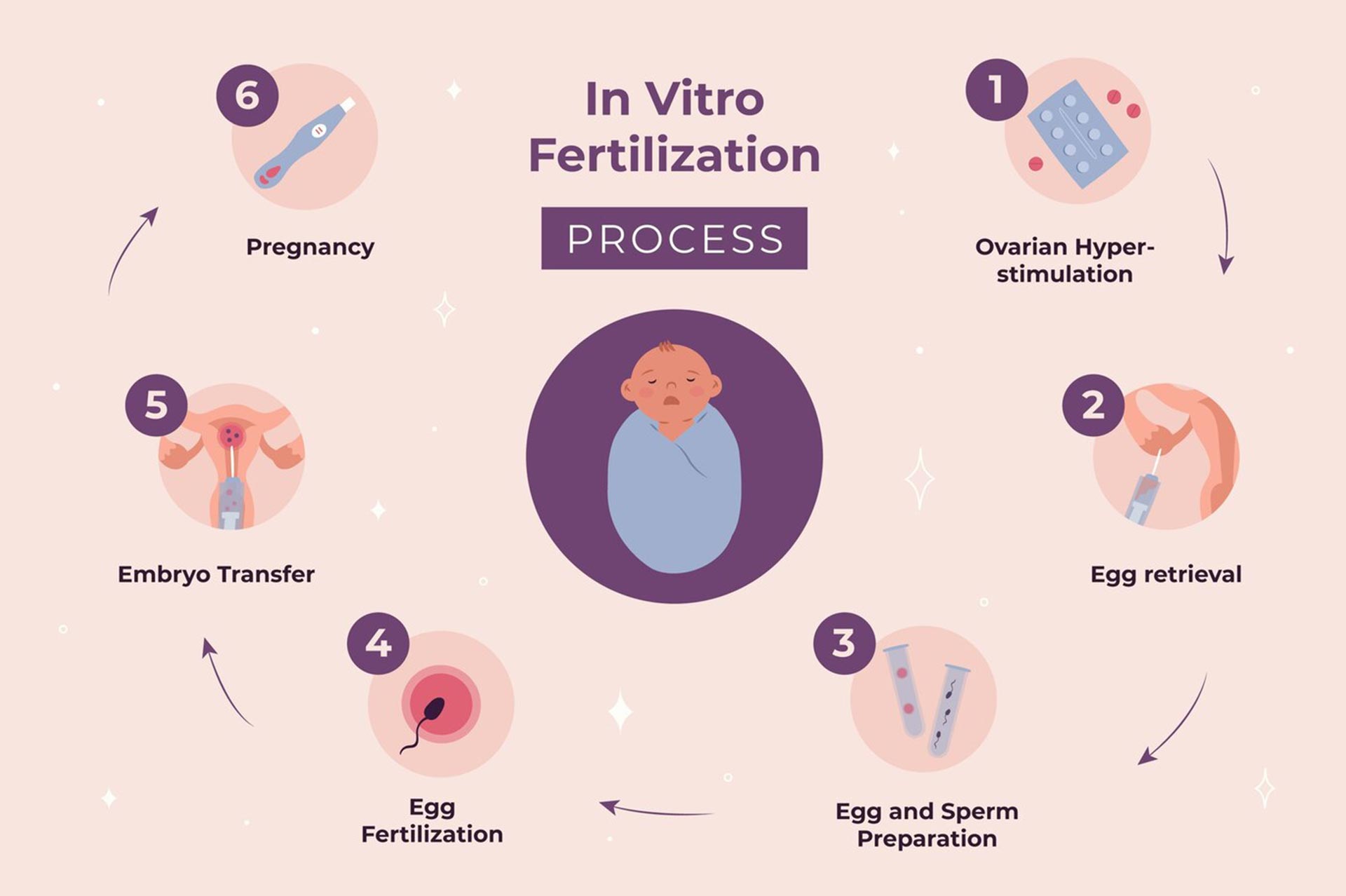
Step 3: The Two-Week Wait—14 Days of Hope
After the transfer, you enter the “two-week wait” (TWW)—the 14 days before you can take a pregnancy test. This is the shortest part of the cycle, but it often feels the longest. Your embryo needs time to implant and start producing the pregnancy hormone hCG, which a blood test will detect.
Why It Feels Endless
Your body’s doing big things, but you won’t feel much yet. Some people notice light spotting or tiredness, but most symptoms (like nausea) don’t kick in until later. The wait is more emotional than physical—hope and worry can make every day drag.
How to Survive It
Distraction is your friend. A 2024 survey by the American Society for Reproductive Medicine found that 68% of IVF patients felt less stressed during the TWW when they kept busy. Here’s a mini-checklist to get you through:
- ✔️ Plan a movie night with friends.
- ✔️ Try a new hobby—like painting or baking.
- ❌ Avoid early pregnancy tests—they can give false results and mess with your head.
Interactive Moment: How Do You Handle the Wait?
What’s your go-to way to stay calm during a big wait? Share in the comments—I’d love to hear your ideas! For me, it’s binge-watching a silly show. What about you?
What If It Doesn’t Work? Timing Multiple Cycles
Here’s something not everyone talks about: IVF doesn’t always work the first time. According to the CDC, about 50% of women under 35 get pregnant after one cycle, but that drops with age. If you need another round, you’ll wait 4-6 weeks between cycles to let your body reset. So, if you do two or three cycles, you’re looking at 6 months to a year total.
Why the Break Matters
Your ovaries need a breather after all those meds. Plus, your doctor might tweak the plan based on what happened last time—maybe more meds, fewer embryos, or a frozen transfer instead of fresh. A 2023 study in Human Reproduction showed that waiting at least one menstrual cycle between attempts boosts success rates by 10%.
A Real Story
Take Lisa, a 38-year-old from Texas. Her first cycle didn’t work, but she used the break to try yoga and tweak her diet. “I was crushed, but the pause gave me time to regroup. My second cycle worked—and now I’ve got twins!” Sometimes, that extra time is a hidden blessing.
Things That Stretch (or Shrink) Your IVF Timeline
The 4-6 week cycle is just an average. Life loves throwing curveballs, and IVF is no exception. Here’s what can change your timeline—and how to handle it.
Delays You Might Face
- Health Hiccups: If your tests show something like low thyroid levels, you might need a few months to fix it first.
- Clinic Schedules: Busy clinics can mean waiting weeks for your first appointment or procedure.
- Frozen Embryos: Some people freeze all their embryos and transfer later, adding 1-2 months.
Speed Boosters
- Natural Cycle IVF: Skip the heavy meds, and your cycle could drop to 3 weeks. Success rates are lower, but it’s faster.
- New Tech: Portable ultrasound devices (tested in 2024 trials) might let you monitor at home, cutting clinic visits.
Quick Quiz: What’s Your IVF Pace?
Answer these to guess your timeline:
- Are you super healthy already? (Yes = faster prep)
- Does your clinic have openings soon? (Yes = quicker start)
- Planning one cycle or multiple? (One = shorter total time)
Score two “yeses”? You might be on the fast track!
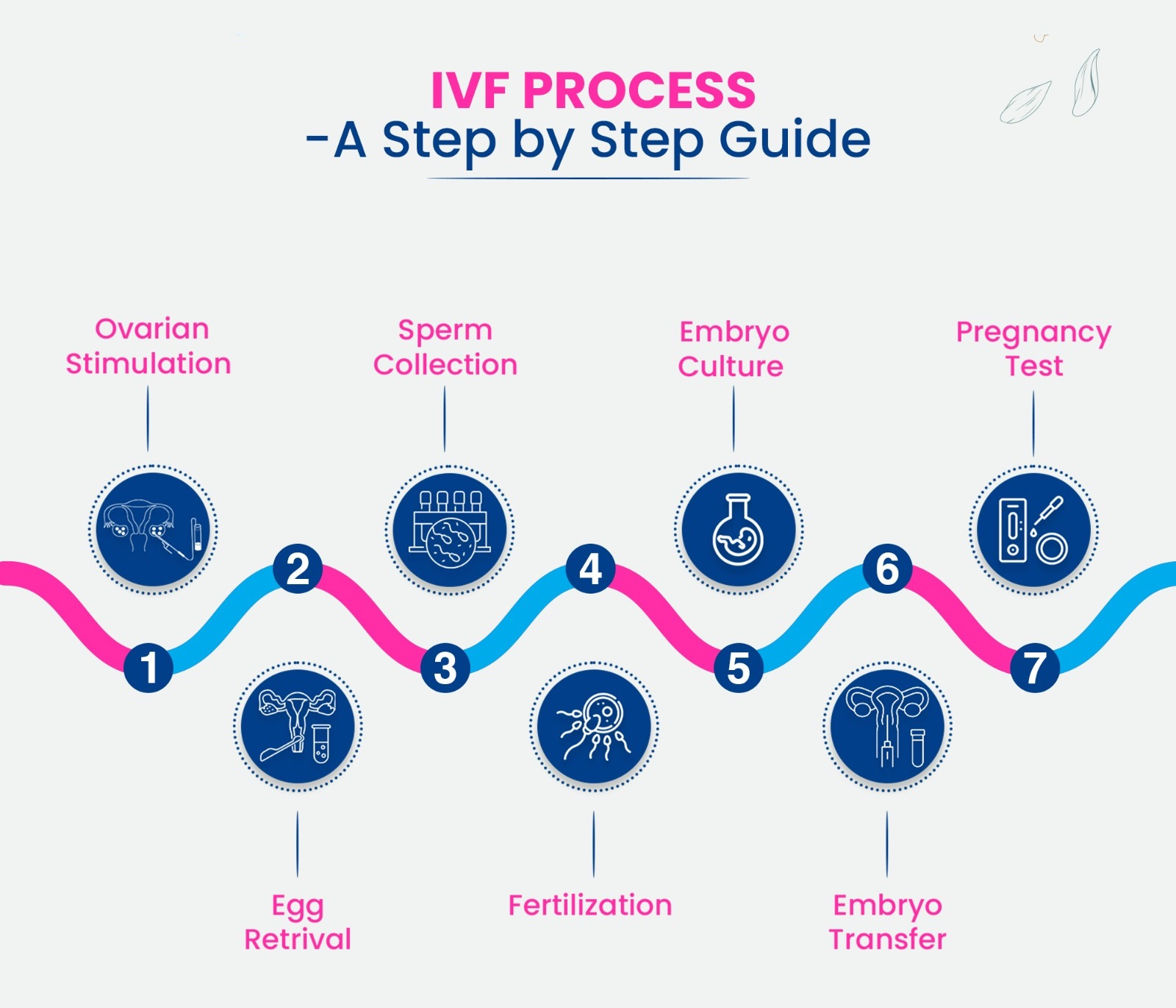
The Emotional Clock: How IVF Feels Over Time
IVF isn’t just about days and weeks—it’s about how it feels. The prep can feel slow and hopeful, the cycle is a whirlwind, and the wait is a rollercoaster. A 2024 study from Psychology Today found that 75% of IVF patients say the emotional timeline feels longer than the actual one. Why? Uncertainty. Every step comes with questions: Will my eggs grow? Will the embryos stick?
Coping Tip
Break it into chunks. Focus on one week at a time—don’t let the whole journey overwhelm you. Journaling helped me when I went through a tough wait. Writing down my worries made them feel smaller.
New Research: Is IVF Getting Faster?
Science is always pushing forward, and IVF is no exception. Here are three breakthroughs that could trim your timeline—and they’re not in every article you’ll read.
1. Saliva Tests for Hormones
Instead of daily blood draws, some clinics are testing saliva kits to track your hormones during stimulation. A 2024 pilot study from UCLA showed they’re just as accurate—and could save you a week of appointments.
2. Faster Embryo Selection
AI tools are speeding up embryo grading. A 2023 trial in Europe cut the lab phase from 5 days to 4 by spotting winners faster. That’s a small win, but every day counts.
3. Mini-IVF
This lighter approach uses fewer drugs and takes about 3 weeks per cycle. It’s not for everyone (success rates hover around 20% vs. 40% for standard IVF), but it’s a time-saver if it fits your needs.
Your IVF Timeline: A Handy Cheat Sheet
Still feeling lost? Here’s a table to pin on your fridge:
| Phase | Time | What’s Happening |
|---|---|---|
| Pre-IVF Prep | 1-3 months | Tests, lifestyle tweaks, planning |
| Ovarian Stimulation | 10-14 days | Meds to grow eggs |
| Egg Retrieval | 1 day | Eggs collected |
| Embryo Growth | 5 days | Eggs + sperm = embryos |
| Embryo Transfer | 1 day | Embryos placed in uterus |
| Two-Week Wait | 14 days | Waiting for pregnancy test |
| Total (1 Cycle) | 4-6 weeks | From period to test |
Multiple Cycles? Add 4-6 weeks per extra round.
FAQs: Your Top IVF Timing Questions Answered
How Long Does IVF Take If I’m Over 40?
Age doesn’t change the cycle length much, but success rates drop (about 20% per cycle at 40, per the CDC). You might need more cycles, so plan for 6-12 months total.
Can I Work During IVF?
Yes, but expect 5-10 clinic visits per cycle. Egg retrieval day and the day after are the only must-rest days for most people.
What’s the Fastest IVF Possible?
Natural cycle IVF or mini-IVF can wrap up in 3 weeks. Talk to your doctor to see if it’s an option for you.
Final Thoughts: Your IVF Journey, Your Pace
So, how long is the IVF process? At its core, it’s 4 to 6 weeks per cycle, but the full ride—from prep to pregnancy—can take 2 months to a year, depending on your body, your plan, and a bit of luck. It’s not a sprint; it’s a marathon with pit stops. But here’s the good news: every step brings you closer to your goal, and science keeps finding ways to make it smoother.
What’s your next move? Maybe it’s booking that first appointment or just chatting with someone who’s been there. Whatever it is, you’ve got this. And if you’ve got a story or tip to share, drop it below—I’d love to hear how you’re navigating your own IVF clock!

